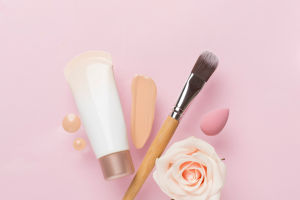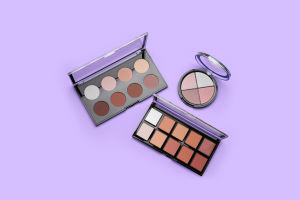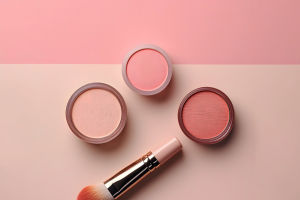Sunscreen is an essential product in modern skincare routines, especially for those who spend time outdoors.
Its primary function is to protect the skin from the harmful effects of the sun's ultraviolet (UV) radiation, which can cause premature aging, and sunburn, and increase the risk of skin cancer!
UV radiation comes in two forms: UVA and UVB. UVA rays reach deep into the skin and are responsible for premature aging, wrinkles, and some types of skin cancer. UVB rays, on the other hand, are the main cause of sunburn and also contribute to the development of skin cancer.
Therefore, a good sunscreen must offer protection against both types of radiation, and this is where the SPF (Sun Protection Factor) rating comes into play. SPF measures sunscreen's protection against UVB rays. A sunscreen with a higher SPF rating, such as SPF 50 or higher, provides more protection against sunburn. However, it is essential to understand that no sunscreen can block 100% of UV rays.
For example, SPF 30 blocks about 97% of UVB, while SPF 50 blocks around 98%. The difference may seem small, but every percentage of UV protection counts in preventing skin damage over time. Additionally, Sunscreens fall into two types: physical and chemical.
Physical sunscreens, also known as mineral sunscreens, contain active ingredients like zinc oxide or titanium dioxide, which sit on top of the skin and physically block UV rays. These sunscreens tend to be thicker and can leave a white cast on the skin. Chemical sunscreens, on the other hand, are absorbed into the skin and absorb UV rays before they can reach deeper layers. Ingredients like avobenzone, oxybenzone, and octinoxate are commonly found in chemical sunscreens.
While both types are effective, physical sunscreens are often preferred by individuals with sensitive skin or those who experience irritation from chemical ingredients. When choosing a sunscreen, it's crucial to consider other factors such as water resistance, broad-spectrum protection, and whether the product is suitable for your skin type.
A broad-spectrum sunscreen protects against both UVA and UVB rays, making it ideal for daily use. Water resistance is also important for individuals who engage in outdoor activities like swimming or sports, as it ensures that the sunscreen will stay effective even when exposed to sweat or water. It's important to note that being water-resistant does not mean waterproof, and sunscreen should still be reapplied regularly after swimming or heavy sweating.
Another factor to consider is the form of sunscreen. While lotions are the most common type, sunscreens also come in sprays, gels, and sticks. Each has its advantages depending on your needs.
Sprays, on the other hand, are easy to reapply and ideal for hard-to-reach areas like the back. Gels are ideal for oily or acne-prone skin, as they tend to be lightweight and non-greasy. Sticks are great for targeted areas, such as the face, and are often preferred for sensitive skin around the eyes.
For those who struggle with applying sunscreen or find it inconvenient, incorporating it into your daily skincare routine can make it easier. Many moisturizers and foundations now include built-in SPF, providing an extra layer of protection without the need for an additional product.
By applying sunscreen regularly and correctly, you can help shield your skin from sun damage and reduce the risks associated with UV exposure!


